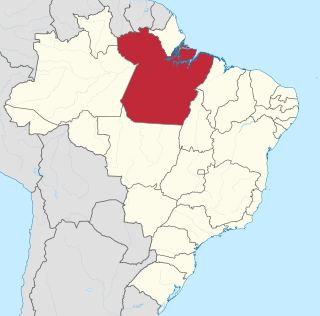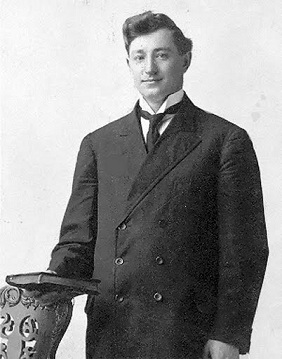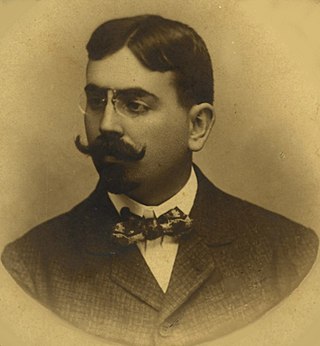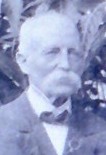This timeline of Christian missions chronicles the global expansion of Christianity through a listing of the most significant missionary outreach events.

Amazonas is a state of Brazil, located in the North Region in the north-western corner of the country. It is the largest Brazilian state by area and the ninth-largest country subdivision in the world with an area of 1,570,745.7 square kilometers. It is the largest country subdivision in South America, being greater than the areas of Chile, Paraguay, and Uruguay combined. Neighbouring states are Roraima, Pará, Mato Grosso, Rondônia, and Acre. It also borders the nations of Peru, Colombia and Venezuela. This includes the Departments of Amazonas, Vaupés and Guainía in Colombia, as well as the Amazonas state in Venezuela, and the Loreto Region in Peru.

Pará is a state of Brazil, located in northern Brazil and traversed by the lower Amazon River. It borders the Brazilian states of Amapá, Maranhão, Tocantins, Mato Grosso, Amazonas and Roraima. To the northwest are the borders of Guyana and Suriname, to the northeast of Pará is the Atlantic Ocean. The capital and largest city is Belém, which is located at the Marajó bay, near the estuary of the Amazon river. The state, which is home to 4.1% of the Brazilian population, is responsible for just 2.2% of the Brazilian GDP.

Belém, often called Belém of Pará, is the capital and largest city of the state of Pará in the north of Brazil. It is the gateway to the Amazon River with a busy port, airport, and bus/coach station. Belém lies approximately 100 km upriver from the Atlantic Ocean, on the Pará River, which is part of the greater Amazon River system, separated from the larger part of the Amazon delta by Ilha de Marajó. With an estimated population of 1,303,403 people — or 2,491,052, considering its metropolitan area — it is the 12th most populous city in Brazil, as well as the 16th by economic relevance. It is the second largest in the North Region, second only to Manaus, in the state of Amazonas.

Pedro Teixeira, occasionally referred to as the Conqueror of the Amazon, was a Portuguese conquistador and military officer, who became, in 1637, the first European to travel up and down the entire length of the Amazon River, he also headed the government of the captaincy of Pará in two different periods, one in 1620-1621 and another in 1640–1641.

The Anglican Episcopal Church of Brazil is the 19th province of the Anglican Communion, covering the country of Brazil. It is composed of nine dioceses and one missionary district, each headed by a bishop, among whom one is elected as the Primate of Brazil. The current Primate is Marinez Rosa dos Santos Bassotto. IEAB is the oldest non-Catholic church in Brazil, originating from the Treaty of Commerce and Navigation signed in 1810 between Portugal and the United Kingdom which allowed the Church of England to establish chapels in the former Portuguese colony. In 1890 American missionaries from the Episcopal Church established themselves in the country aiming to create a national church; unlike the English chapels, they celebrated services in Portuguese and converted Brazilians. The Anglican community of Brazil was a missionary district of the Episcopal Church until 1965, when it gained its ecclesiastical independence and became a separate province of the Anglican Communion. Twenty years later, IEAB began to ordain women. It preaches a social gospel, being known for its commitment to fight against problems that affect vast portions of the Brazilian society, such as social inequality, land concentration, domestic violence, racism, homophobia and xenophobia. Its stance as an Inclusive Church has caused both schisms and the arrival of former Catholics and Evangelicals in search of acceptance.

The Assembleias de Deus are a Pentecostal church in Brazil founded by Daniel Berg and Gunnar Vingren, who came to Brazil as missionaries from the Swedish Pentecostal movement. The Assembleias de Deus are related to the worldwide Pentecostal movement, and some groups are affiliated with the Assemblies of God.
Giuseppe Antonio Landi was an 18th-century Italian neoclassical architect and painter of quadratura.
Amazonian Jews are the Jews of the Amazon basin, mainly descendants of Moroccan Jews who migrated to northern Brazil and Peru in the 19th and early 20th centuries. The migrants were attracted to the growing trade in the Amazon region, especially during the rubber boom, as well as to the newly established religious tolerance. They settled in localities along the Amazon River, such as Belém, Cametá, Santarém, Óbidos, Parintins, Itacoatiara and Manaus in Brazil, some venturing as far as Iquitos in Peru.

This is a timeline of Amazon history, which dates back at least 11,000 years ago, when humans left indications of their presence in Caverna da Pedra Pintada.

Calista H. Vinton was an American Baptist missionary who labored for 30 years in Burma preaching, teaching and caring amongst the Karen people. Both Calista and her husband Justus Vinton were eminently successful in making conversions.

Justus H. Vinton was an American Baptist missionary who worked for 25 years in Burma preaching the gospel amongst the Karen people.

The Church of Jesus Christ of Latter-day Saints was established in Brazil in 1926 with the opening of the South American Mission. Missionary work was focused on small German immigrant colonies in South Brazil. The LDS Church was forced to expand missionary work to Brazilians and Portuguese speakers when non-Portuguese languages were banned in public meetings in 1938. The Brazil Mission was opened on February 9, 1935, with Rulon S. Howells as mission president. The first Portuguese translation of the Book of Mormon was published in 1939.

The Federal University of Pará is one of the public universities maintained by the Brazilian federal government in the state of Pará. The university, with + 50,000 students enrolled in its courses, operates across multiple campuses in the cities of Belém, Abaetetuba, Altamira, Ananindeua, Bragança, Castanhal, Cametá, Capanema, Breves, Tucuruí and Soure. Among UFPA research teams, there are many nationally recognized groups, particularly in the fields of genetics, parasitology, tropical diseases and geosciences.

Gunnar Vingren (1879–1933) was a Swedish Pentecostal missionary evangelist. He served in the early twentieth century in the Amazon and Northeast Brazil. His work led to the creation of the Assembly of God church in Brazil.

Lucien Lee Kinsolving was first bishop of the missionary diocese that eventually became the Anglican Episcopal Church of Brazil. He was a graduate of the Virginia Theological Seminary.
The following is a timeline of the history of the city of Belém, in the state of Pará, Brazil.

Josué Bengtson is a Brazilian politician and pastor. Although born in São Paulo, he has spent his political career representing Pará, having served as state representative since 1999. He is also the pastor and head of the Brazilian division of the International Church of the Foursquare Gospel.

Martha Watts was an American missionary and school teacher who established four educational facilities in Brazil. Educated in Kentucky at the Louisville Normal School, she was in the first graduating class in the early 1870s and became a teacher, working in the public schools. After joining the Broadway Methodist Church in 1874, Watts joined a youth missionary society and founded a Sunday school class. In 1881, after applying to the Women's Board of Foreign Missions, she was accepted as the second woman from the United States to act as a foreign missionary and was the first woman to be sent to Brazil.

Erasmo de Carvalho Braga was a Brazilian Protestant evangelical leader.














